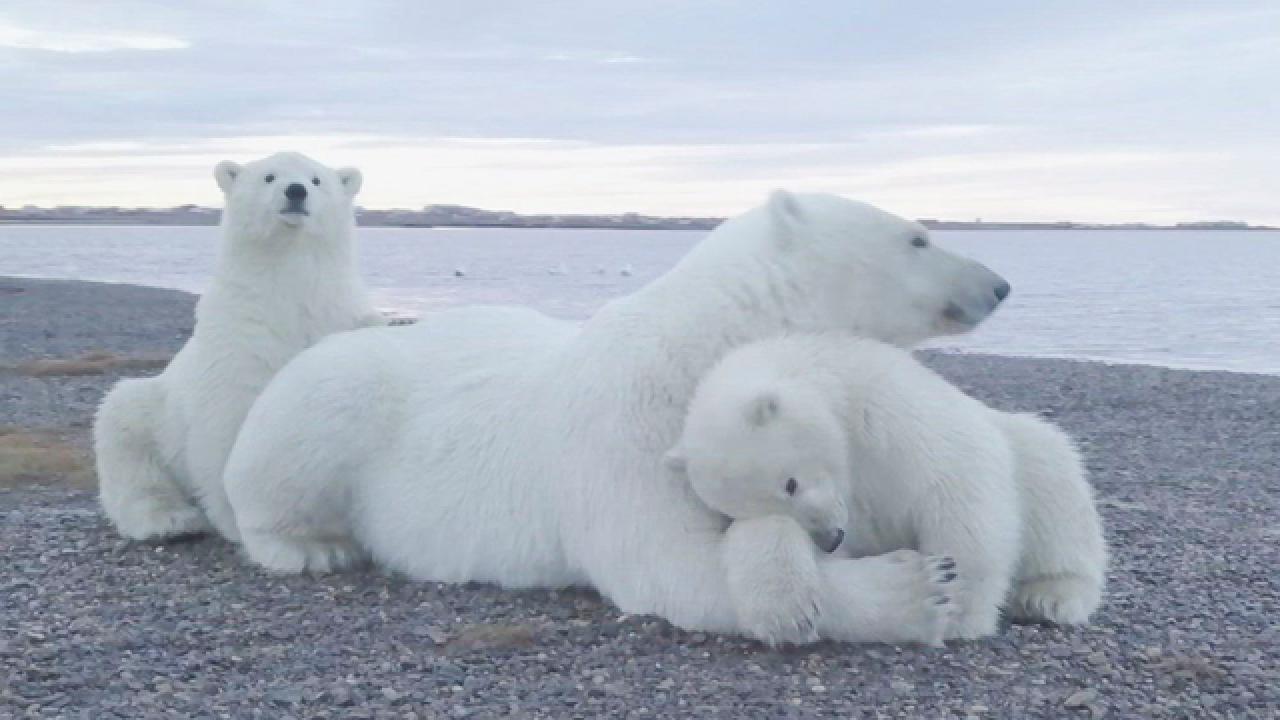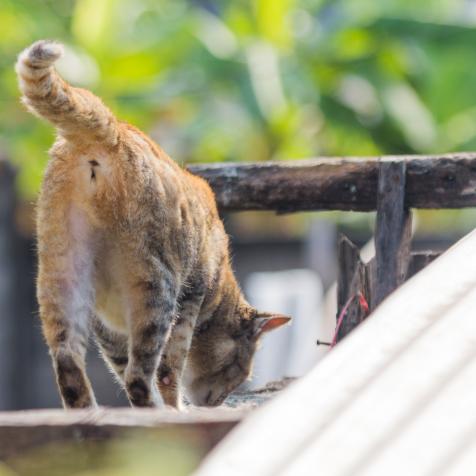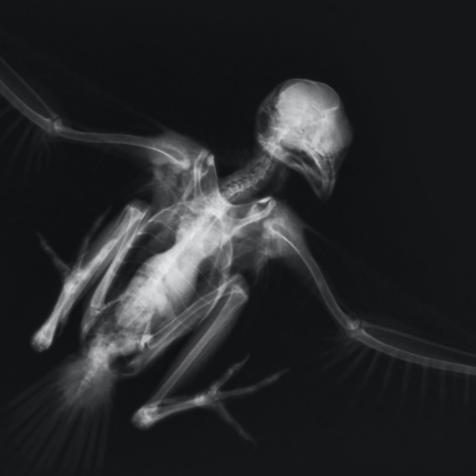
Chase Dekker Wild-Life Images
Why are Polar Bears Facing Severe Weight Loss and Having Fewer Cubs?
Here's what we can we do on International Polar Bear Day to honor and protect the species.
Polar bears might be the largest predators on land but as global temperatures continue to rise and sea ice melts at an unprecedented rate, they're also one of the most vulnerable species in the world.
In fact, research led by the University of Washington between 2009 and 2015 found that a particular subpopulation of polar bears around Baffin Bay have experienced severe weight loss since the 1990s when the population was last tracked.
The reason for this? Melting ice caps. When sea ice completely melts in the summer, polar bears are pushed ashore for an extended period of time until the ice reforms. But now ice caps are melting earlier and reforming later, meaning that the species is forced to spend more time on land. Indeed, UW's study found that polar bears are spending 30 days more on land (90 days total) per year than they did in the 1990s.

Simply put, more time on land means less time spent in the water hunting for seals and other prey. During this period of food scarcity, polar bears are forced to rely on nutrients and energy stored within adipose body tissue to survive. As a result, body weight declines at a rate of approximately 1 percent per day until sea ice levels rise again in late fall and winter when polar bears can go back to hunting.
On top of this, the researchers found that reduced sea ice availability and body weight significantly affect reproductive success, with longer ice-free periods leading to smaller litters. Based on these findings they predicted that two-cub litters — which have until now been the norm — are going to become rare in the next few decades.

Paul Souders
The impossibility for polar bears to meet their high energy demands and reproduce successfully is resulting in a rapid population decline. The species is expected to decline by a third by 2050, along with thousands of other species whose habitats are affected by climate change.
Scientists believe that only human intervention can save the species from extinction. In line with the University of Washington's findings, author Eric V. Regehr says, "Over the next century, the conservation of polar bears will depend not only on our ability to understand and quantify the effects of climate change but also on our capacity to predict how climate change will influence viability and adjust management actions accordingly."
6 Ways to See Polar Bears in the Wild
See All PhotosSo what can we do on International Polar Bear Day to honor and protect the species? Here are a few ideas...
Learn more about the species. For example, did you know that polar bears can smell prey up to 20 miles away?
Live more sustainably. We can all work towards slowing climate change down. Use your car less and walk or use public transportation more often instead. Minimize waste and consumption—reduce, reuse, and recycle.
Vote. Vote for politicians who understand the reality of climate change and have plans to make a difference. Encourage friends and family to vote too.
Donate and Volunteer. Support foundations and environmental protection agencies that encourage taking action towards sustainability, educating others, and polar bear conservation.
How will you celebrate International Polar Bear Day?





















